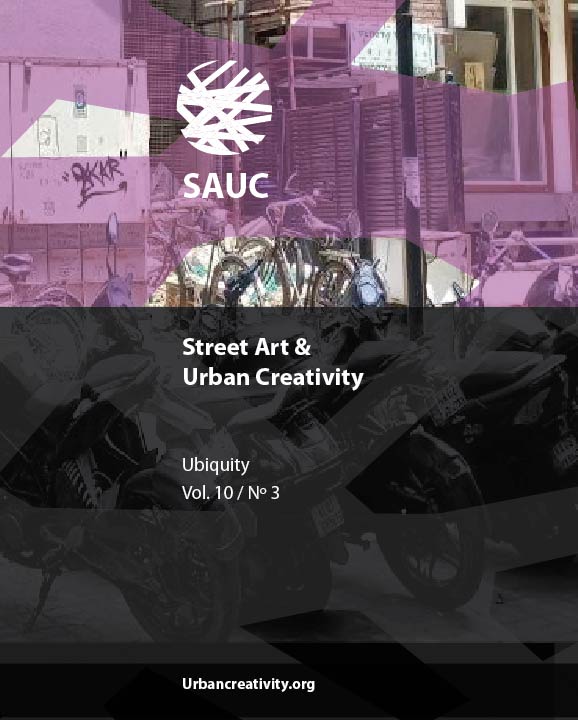Editorial
DOI:
https://doi.org/10.25765/sauc.v10i3.1041Abstract
As for the Butterfly Effect, our actions resonate widely and far. A singular affordance or a city-wide tag, premeditated or not, conforms to our collective reality. But more specifically, is there something that occurs in Lisbon (and other places) that we can designate as a useful non-conformity with the norm? Taking this idea to the extreme, do our societal organizations serve as mere masks for the true anarchy of everyday life? In times of localized conflicts with global impact, from the nearly irrelevant comfort to life-threatening confrontations, what is the role of our material actions? In the realms of ideas or self-proposed solutions, what can we learn from our micro-actions? If there is indeed a common global phenomenon that emerges from mark-making as a life-standing condition, how can we interpret these marks for the sake of life? Can we generalize?
Downloads
Global Statistics ℹ️
|
202
Views
|
62
Downloads
|
|
264
Total
|
|
Downloads
Published
How to Cite
Issue
Section
License
Those authors who publish in this journal accept the following terms:
-
Authors retain copyright.
-
Authors transfer to the journal the right of first publication. The journal also owns the publishing rights.
-
All published contents are governed by an Attribution-NoDerivatives 4.0 International License.
Access the informative version and legal text of the license. By virtue of this, third parties are allowed to use what is published as long as they mention the authorship of the work and the first publication in this journal. If you transform the material, you may not distribute the modified work. -
Authors may make other independent and additional contractual arrangements for non-exclusive distribution of the version of the article published in this journal (e.g., inclusion in an institutional repository or publication in a book) as long as they clearly indicate that the work was first published in this journal.
- Authors are allowed and recommended to publish their work on the Internet (for example on institutional and personal websites), following the publication of, and referencing the journal, as this could lead to constructive exchanges and a more extensive and quick circulation of published works (see The Effect of Open Access).













